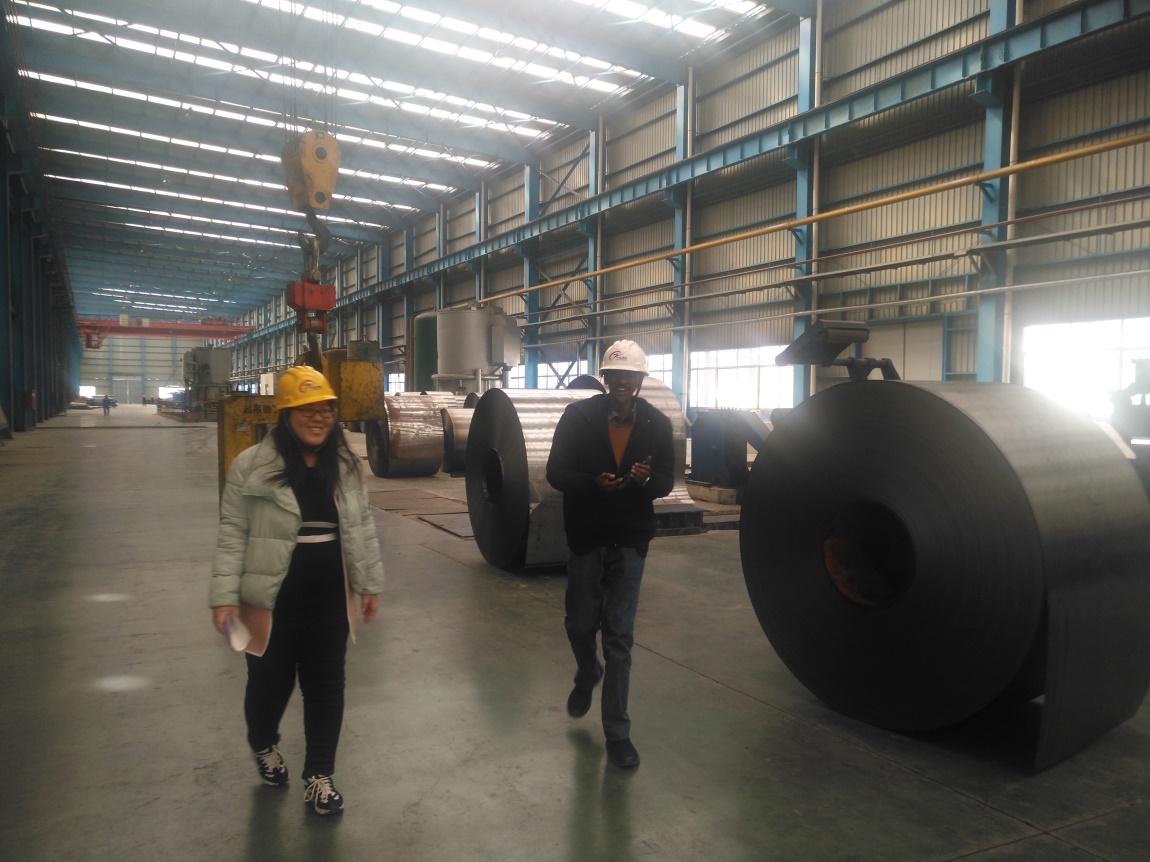版权所有 © 2018 山东中灿 ICP备案号:鲁ICP备16001552号-1 网站建设:中企动力 济南二分
ABOUT US
Tel: 0086-538-6315517
Fax: 0086-538-6315510
Phone:0086-15588577955
Adress:Hi-Tech Development Zone,
Feicheng,Taian,Shandong ,China.
E-mail:ella@zhongcansteel.com
PRODUCTS
websites
0086-538-6315517
Service Hotline
Knowledge of galvanizing on the surface of galvanized steel coil
Galvanizing refers to the surface treatment technology of plating a layer of zinc on the surface of metal, alloy or other materials to play a role of beauty and rust prevention. The main method used is hot galvanizing.
Hot dip galvanizing, also known as hot-dip galvanizing and hot-dip galvanizing, is an effective method of metal corrosion protection, mainly used in various industries of metal structure facilities. After rust removal, the steel parts are immersed in the zinc liquid at about 500 ℃ to make the zinc layer adhere to the surface of the steel parts, so as to achieve the purpose of anti-corrosion.
Cold galvanizing: also known as cold galvanizing in industry, it is a process of forming uniform, dense and well combined metal or alloy deposits on the workpiece surface by electrolysis. Compared with other metals, zinc is relatively cheap and easy to electroplate. It is a low-cost corrosion-resistant coating, widely used to protect steel parts, especially to prevent atmospheric corrosion and decoration. Electroplating technology includes bath (or hanging plating), roll plating (for small parts), blue plating, automatic plating and continuous plating (for wire and strip).

1. Low treatment cost: the cost of hot-dip galvanizing is lower than other coatings;
2. Durability: in suburban environment, the standard hot-dip galvanizing antirust thickness can be maintained for more than 50 years without maintenance. In urban or offshore areas, the standard hot-dip galvanizing antirust coating can be maintained for 20 years without maintenance.
3. Good reliability: the galvanized layer and steel metallurgy are combined to become a part of the steel surface, and the durability of the coating is relatively reliable.
4. Coating toughness: the galvanized layer forms a special metallurgical structure, which can withstand the mechanical damage during transportation and use.
5. Comprehensive protection: each part of the plated part can be galvanized, and can be fully protected even in the depression, sharp corner and concealed place;
6. Time and labor saving: the galvanizing process is faster than other coating construction methods, which can avoid the time required for coating on the construction site after installation.
7. Low initial cost: Generally speaking, the cost of hot-dip galvanizing is lower than that of applying other protective coatings. The reason is simple. Other protective coatings (such as sanding paint) are labor-intensive processes, while the hot-dip galvanizing process is highly mechanized, and the construction in the factory is strictly controlled.
8. Simple and convenient inspection: the hot-dip galvanized layer can be visually inspected with a simple non-destructive coating thickness gauge.
9. Reliability: the specification of hot-dip galvanizing is generally in accordance with BS EN 1461, and the minimum zinc layer thickness is limited. Therefore, the antirust period and performance are reliable and predictable.





